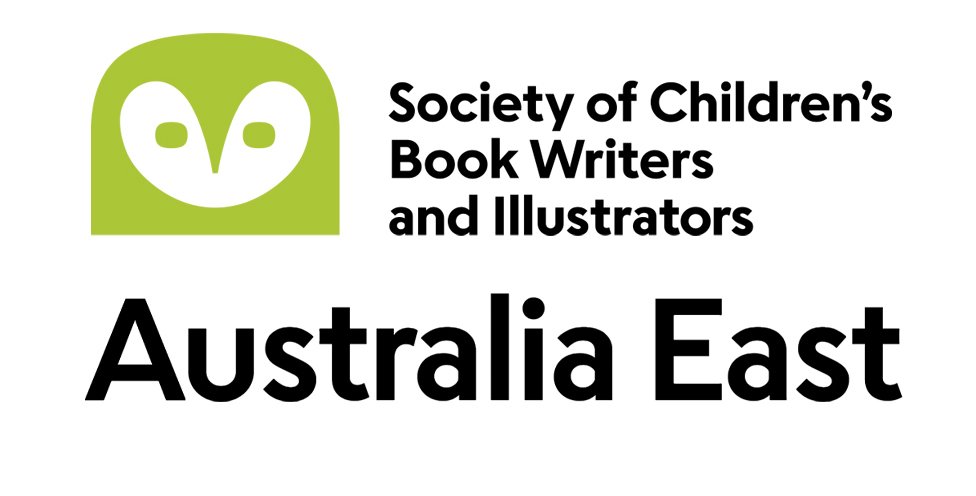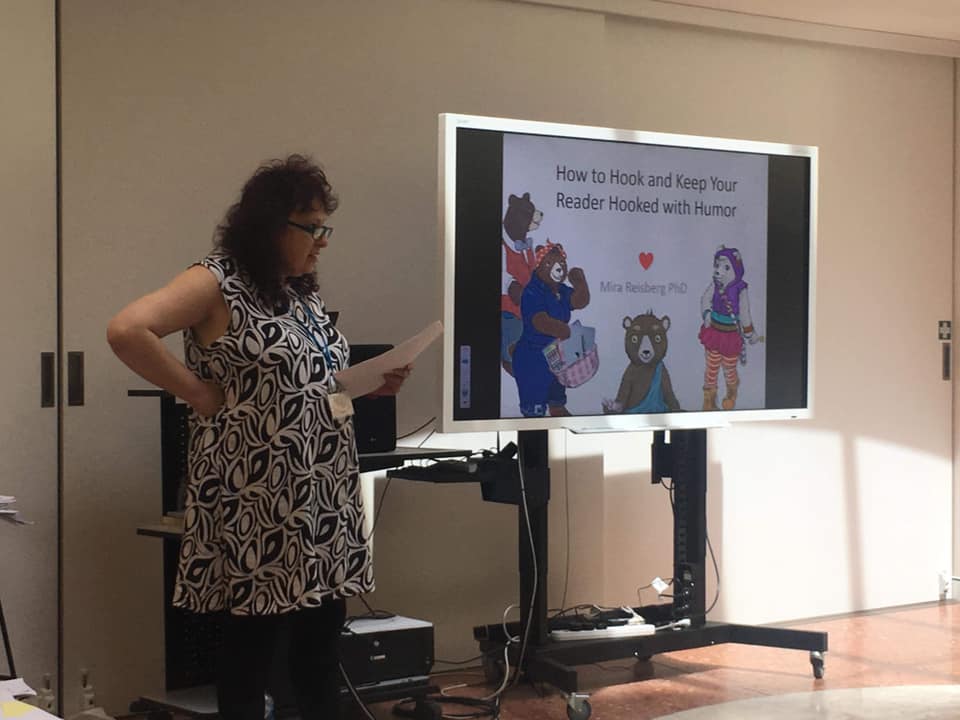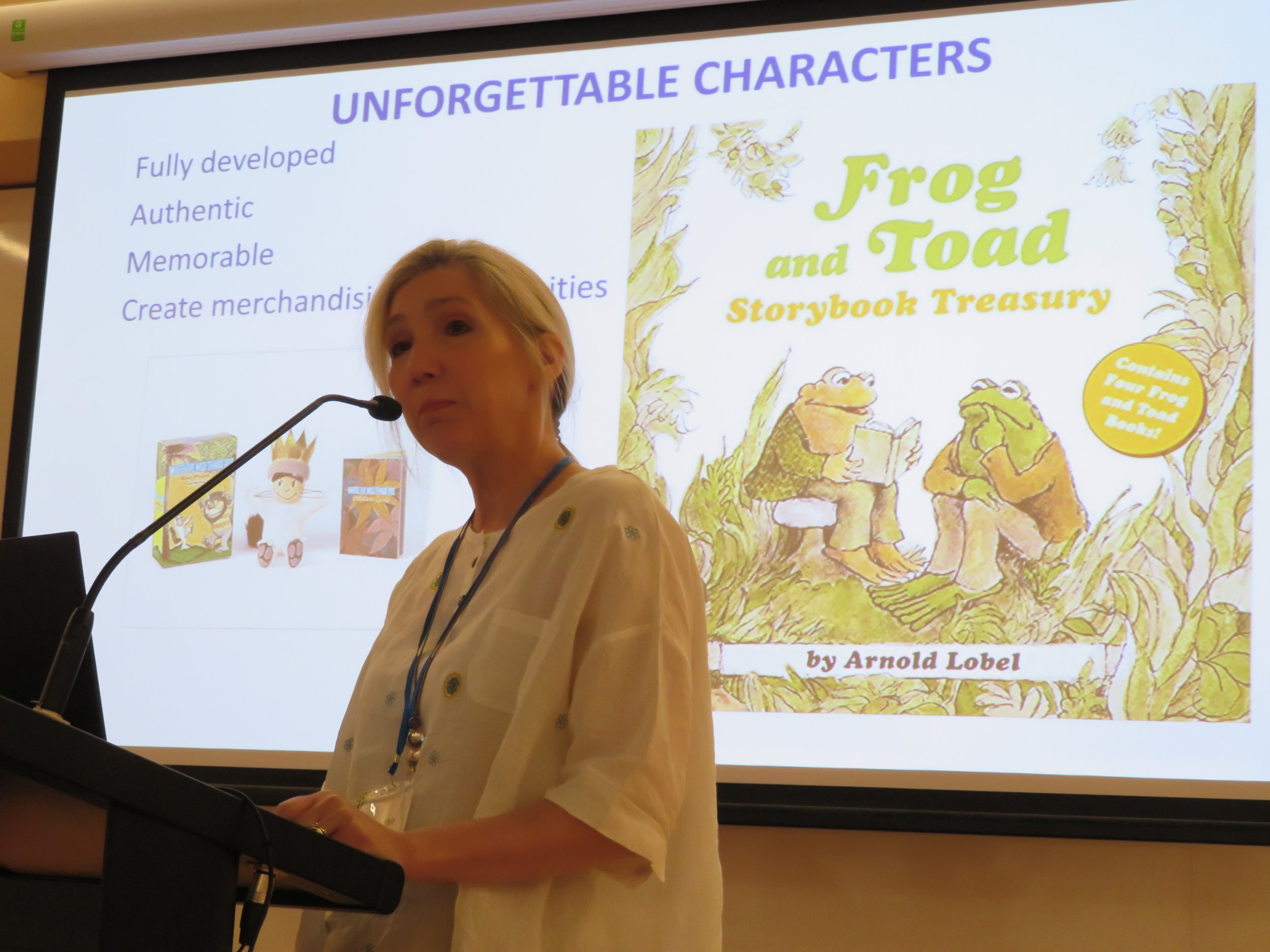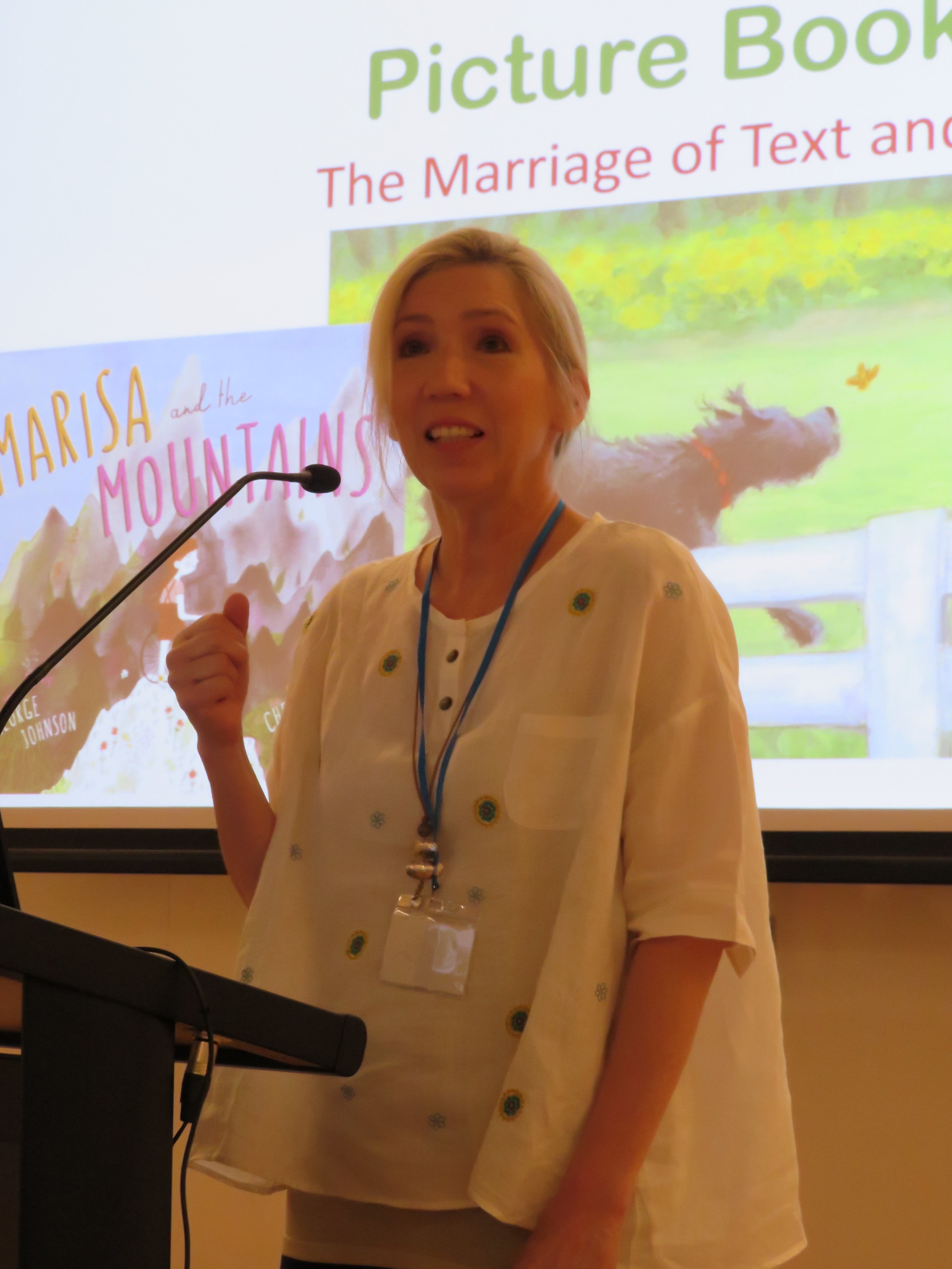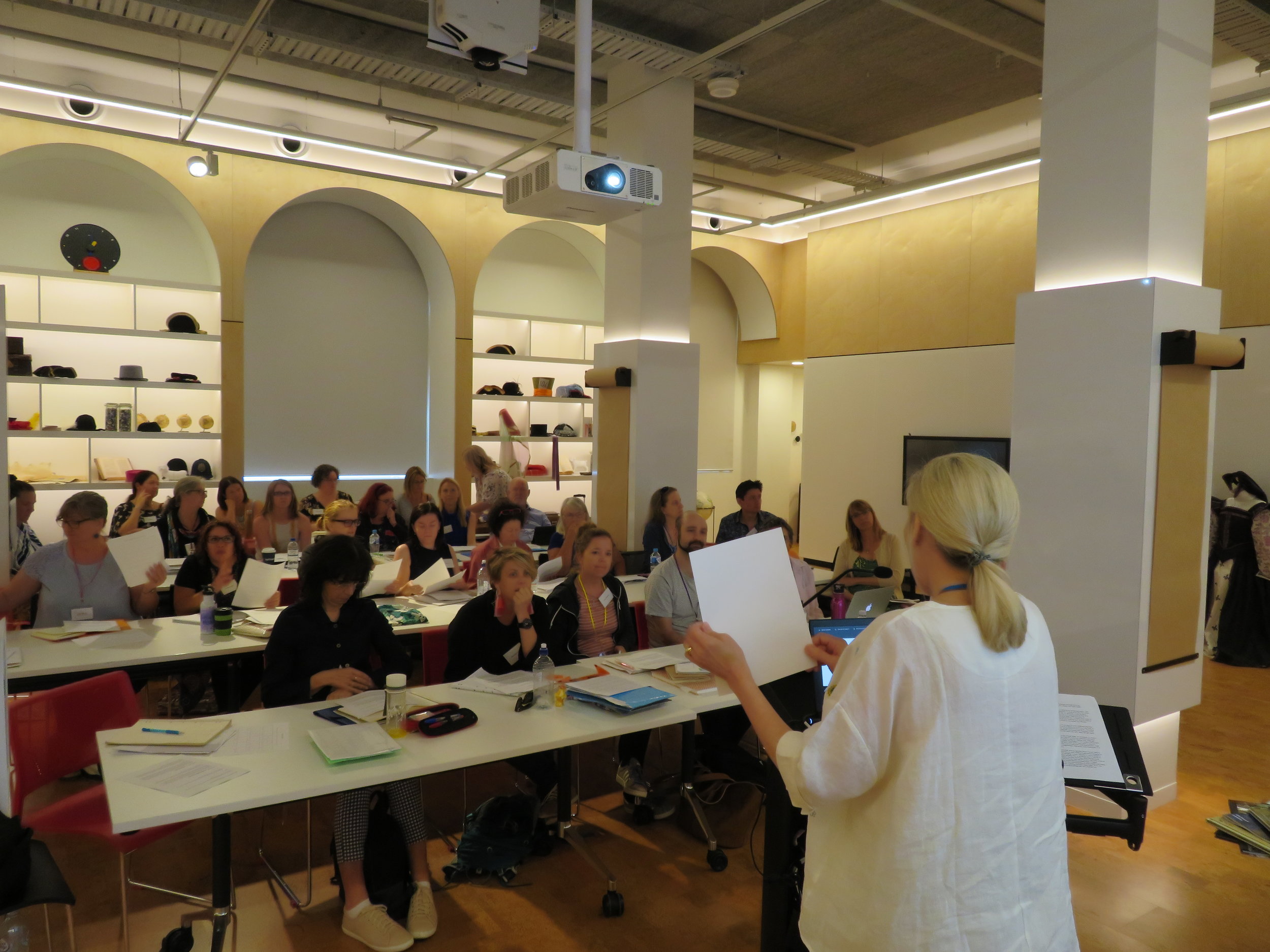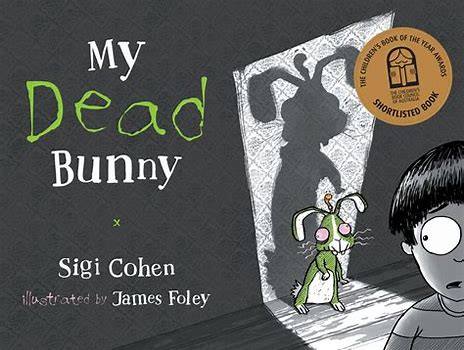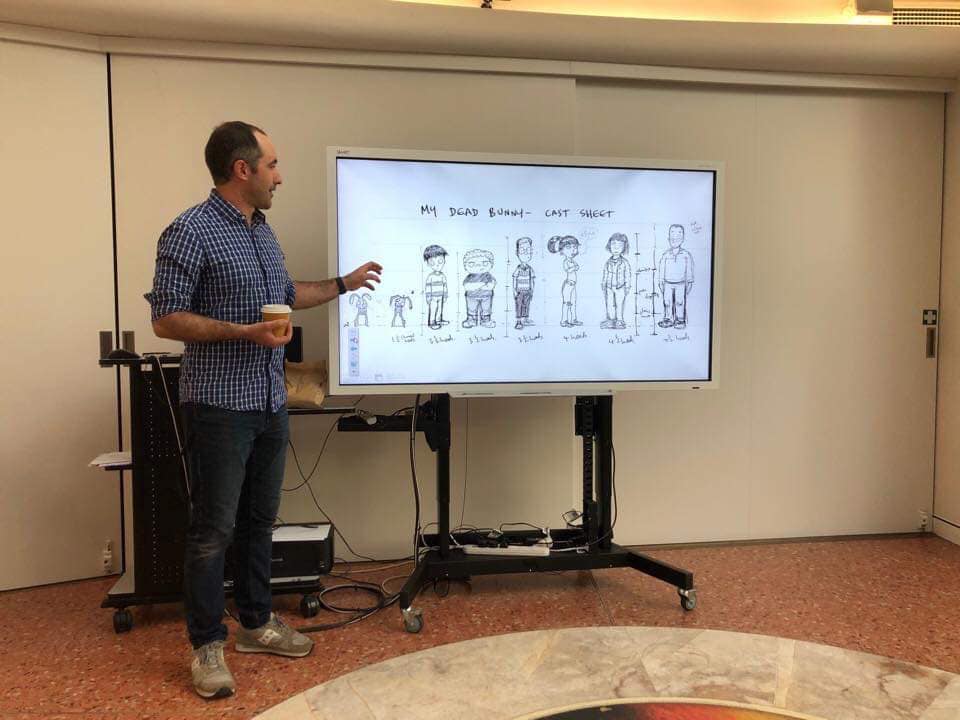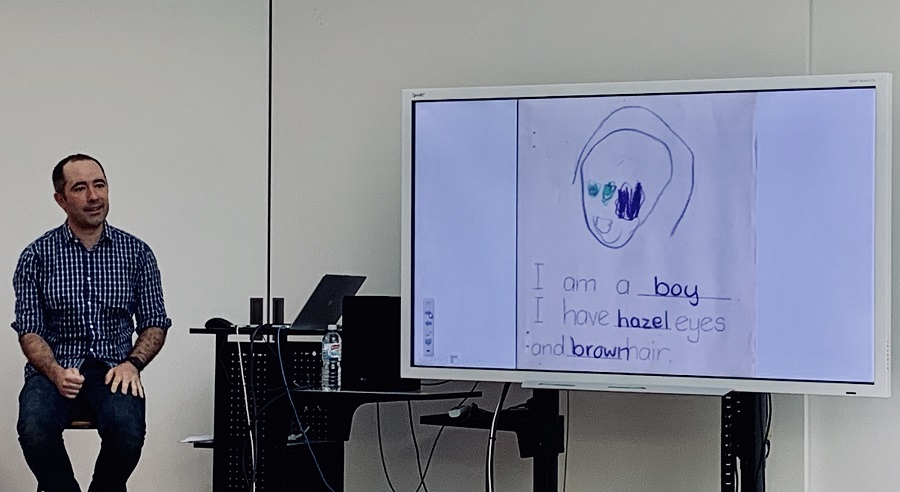At Mira Reisberg’s keynote presentation at the beginning of the SCBWI Conference 2019 she said a lot of things that were not only true but also inspirational but one piece of advice stuck with me especially – always read picture books (or any kidlit book really) twice. The first time for pleasure and the second time for analysis. When you do this you will discover quickly what works and why.
A fantastic example for this is humour in picture books or middle grade. Fun and humour, if delivered well, will always make a manuscript better. In her masterclass Mira firstly separated the audience in picture books and MA analysists of humour.
Techniques considered to help induce humour to your writing (or illustrating) are:
- Anthromorphism (eg. A friendly duck doctor)
- Personification
- Dark humour
- Self-deprecating humour
- Irony/ sarcasm
- Hyperbole/ exaggeration
- Contradiction
- Incongruity or surrealism (talking fridge)
- Slapstick/ physical humour (slipping on a banana peel)
- Gross/ potty humour
- Contrast characters
- Parody
- Joke telling
- Mashups
- Surprise/ defiant humour
- Wordplay
- Visual humour
For full details on Mira’s presentation and a copy of the slideshow, click on this link, here.
Attendants were then asked to join an exercise by coming up with or using one of their own texts paragraphs and include the word “no!” as much as possible as an example of exaggerated humour.
Kids love when something they are faced with on a daily basis is incorporated and played with in texts. It hooks them in. The results were fascinating – loveable silly and funny texts that gave the original text a whole different, humorous approach.
The next group exercise was a fun play with fear. Attendants were asked to take an everyday stressful or fear-inducing event for kids and change the characters into Halloween genre characters. This character then had to tackle a fearful event and form a story of less than 500 words which showed the consequences, aftermath or celebration of this event, even including an end with a fun twist. This exercise was supported with a worksheet that introduced certain elements with the help of columns in a very structured way.
As an illustrator, I really enjoyed the exercise for introducing visual humour to a graphic novel excerpt. I chose contradiction as means to add humour and came up with the character of “King Ivan Important” – a tiny king who wants to be as significant as his big wife, the queen. In order to achieve this he buys himself a very long-legged horse and appears quite big now. Very much to the dismay of the queen who starts plotting against him. The play of contradiction between power and tiny body size could be very appealing in a children’s story. (Indeed! Can’t wait to see / read this one, Katrin. Ed.)
Attendants left this brilliant masterclass with a suitcase full of new ideas and worksheet material as well as Mira’s detailed slides.
#SCBWISyd
